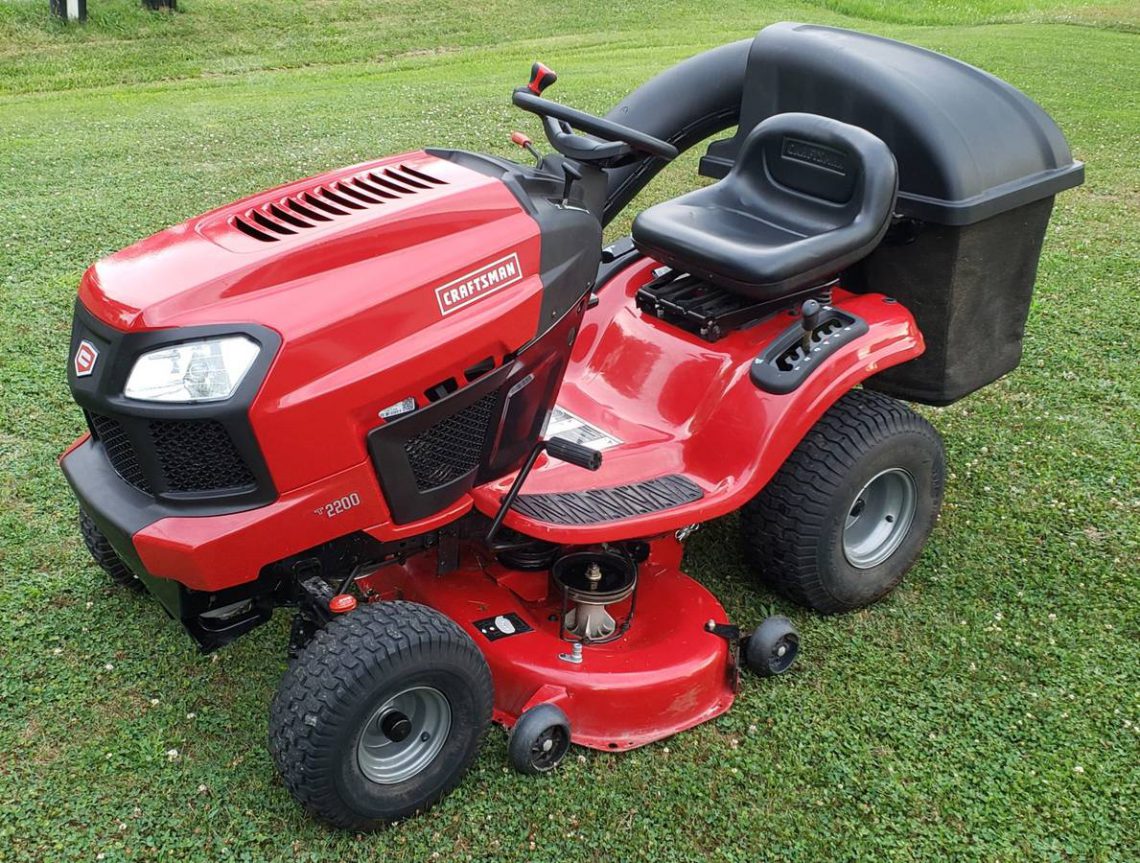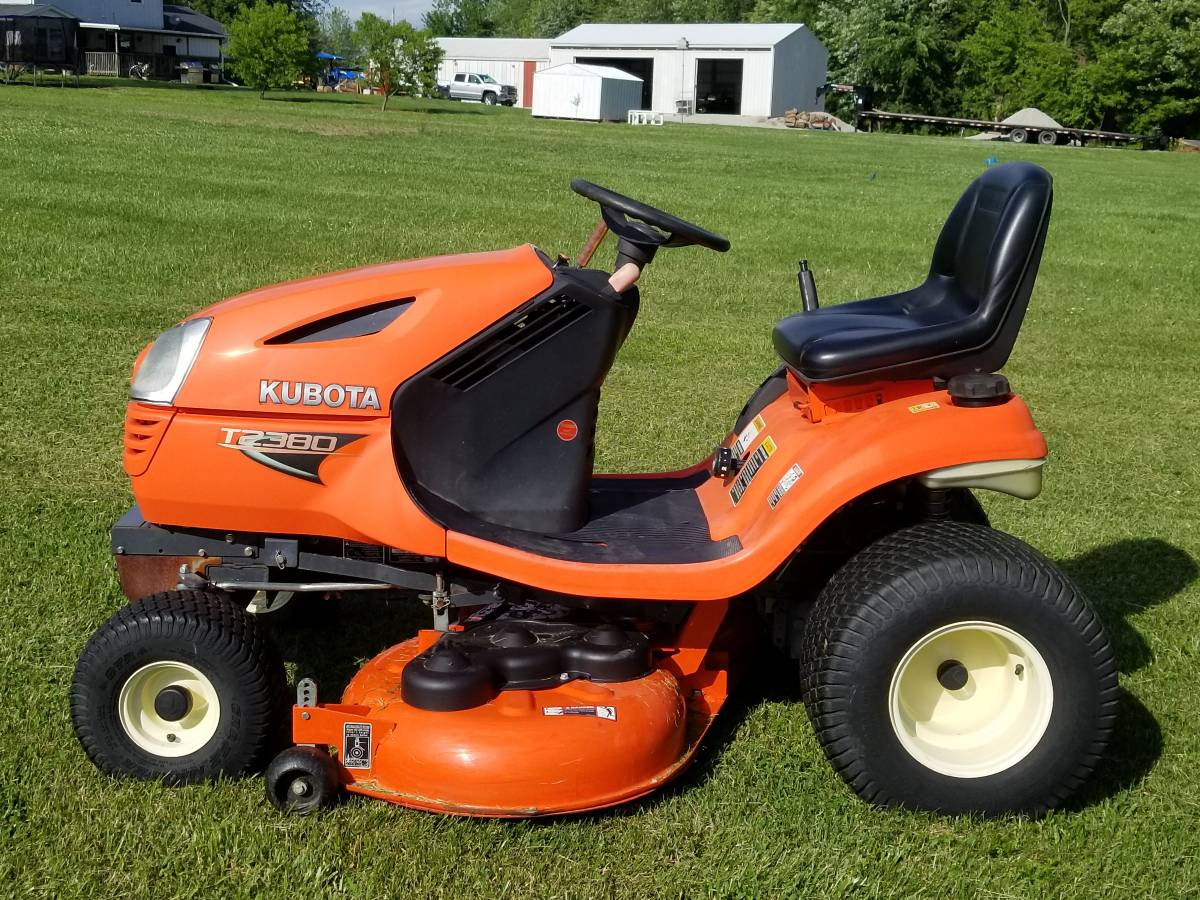A garden grass cutter is a gardening tool specifically designed to trim and maintain grass in gardens and lawns. It typically consists of a rotating blade or blades attached to a handle or motor, enabling precise cutting and shaping of grass.
Garden grass cutters have become indispensable tools for homeowners and gardeners alike. Their maneuverability and ease of use allow for efficient and effective grass maintenance, enhancing the overall appearance of outdoor spaces. The invention of the garden grass cutter has revolutionized lawn care practices, shifting from manual labor-intensive methods to convenient and time-saving solutions.
The article will delve into the different types of garden grass cutters available, their specific applications, and essential maintenance tips to optimize their performance and longevity.
Garden Grass Cutter
A garden grass cutter plays a pivotal role in maintaining beautiful and healthy lawns and gardens. Here are seven key aspects to consider:
- Types: Reel, rotary, hover, ride-on
- Power: Manual, electric, battery-powered, gasoline-powered
- Cutting width: Narrow, medium, wide
- Adjustability: Height, angle
- Features: Mulching, edging, bagging
- Safety: Ergonomic handles, blade guards
- Maintenance: Blade sharpening, cleaning
These aspects are interconnected and influence the overall functionality, efficiency, and safety of the grass cutter. Choosing the right type, power source, and features depends on the size and specific needs of the lawn or garden. Proper maintenance ensures optimal performance and extends the lifespan of the equipment.
Types
The type of garden grass cutter selected significantly impacts the cutting style, efficiency, and suitability for specific lawn conditions. Here’s an exploration of the four main types:
- Reel: Utilizing a scissor-like action between a fixed blade and a rotating cylinder, reel mowers provide a precise and clean cut, ideal for formal lawns. They require regular sharpening and are less effective in thick or wet grass.
- Rotary: Featuring a spinning blade that cuts grass with a mulching or bagging option, rotary mowers are versatile and efficient, handling most grass types and conditions. However, they can produce a less refined cut compared to reel mowers.
- Hover: Employing a cushion of air to float above the ground, hover mowers offer excellent maneuverability and are suitable for uneven or sloping lawns. Their cutting height is limited, and they may struggle with thick grass.
- Ride-on: Designed for larger lawns, ride-on mowers provide a comfortable seated position and increased cutting width. They are powerful and efficient but require more storage space and can be less maneuverable in tight areas.
Understanding these types is crucial for choosing the most appropriate garden grass cutter for the size, terrain, and desired finish of the lawn. It optimizes cutting performance, enhances lawn health, and ensures the longevity of the equipment.
Power
The power source of a garden grass cutter is a critical factor influencing its performance, ease of use, and environmental impact.
- Manual: Manual grass cutters, powered solely by human effort, are eco-friendly, quiet, and require minimal maintenance. However, they are labor-intensive and suitable for small lawns.
- Electric: Electric grass cutters, powered by an electric motor, are lightweight, quiet, and produce zero emissions. They are ideal for small to medium-sized lawns and offer good maneuverability. However, they require access to an electrical outlet and have a limited cutting range.
- Battery-powered: Battery-powered grass cutters combine the convenience of electric models with cordless operation. They are versatile, offering good power and mobility, and are suitable for small to medium-sized lawns. However, they require regular battery charging and may have a shorter runtime compared to gasoline-powered models.
- Gasoline-powered: Gasoline-powered grass cutters are powerful and suitable for large lawns and demanding cutting conditions. They offer excellent cutting performance, extended runtime, and high efficiency. However, they are heavier, louder, and produce emissions.
Selecting the appropriate power source for a garden grass cutter depends on the size of the lawn, terrain, desired cutting performance, and environmental considerations. Each type offers unique advantages and limitations, and choosing the right one optimizes cutting efficiency, user comfort, and overall lawn care experience.
Cutting width
The cutting width of a garden grass cutter significantly impacts the efficiency and effectiveness of lawn maintenance. It determines the amount of grass cut per pass, influencing the time and effort required to complete the task.
-
Narrow cutting width:
Suitable for small lawns, narrow flower beds, and intricate landscaping. It provides precise cutting around obstacles and in tight spaces. -
Medium cutting width:
Ideal for medium-sized lawns, offering a balance between efficiency and maneuverability. It handles most lawn sizes and shapes effectively. -
Wide cutting width:
Designed for large lawns, wide cutting widths maximize efficiency by covering more ground per pass. It saves time and effort, particularly for expansive lawns.
Choosing the appropriate cutting width for a garden grass cutter depends on the size and layout of the lawn. A narrow width provides greater precision and maneuverability, while a wider width enhances efficiency for larger areas. Considering these factors ensures optimal cutting performance and a well-maintained lawn.
Adjustability
Adjustability in a garden grass cutter refers to the ability to modify the cutting height and angle of the blade. This feature is crucial for achieving a desired lawn appearance, accommodating different grass types, and ensuring optimal cutting performance.
-
Cutting height:
Adjusting the cutting height allows for customization based on grass type, season, and personal preference. Lower cutting heights promote a formal, manicured look, while higher heights encourage deeper root growth and better drought tolerance. -
Cutting angle:
The cutting angle adjustment enables precise trimming around obstacles, such as trees, flower beds, and fences. It also helps achieve clean and even cuts, reducing the risk of scalping or uneven patches on the lawn.
Overall, adjustability in a garden grass cutter empowers users to tailor their lawn maintenance to suit their specific needs and preferences. It contributes to a healthy, well-maintained lawn while enhancing the overall aesthetic appeal of the outdoor space.
Features
A garden grass cutter often incorporates additional features that enhance its functionality and versatility. Mulching, edging, and bagging are three notable features that contribute to efficient lawn maintenance and a well-manicured appearance.
Mulching involves cutting grass clippings into fine pieces and distributing them back onto the lawn. This practice adds nutrients to the soil, reduces the need for chemical fertilizers, and conserves water by retaining moisture. Edging allows for precise trimming along borders and around obstacles, creating a clean and defined finish to the lawn. Bagging collects grass clippings in an attached container, making it convenient for disposal or composting.
Understanding the benefits of these features empowers homeowners to choose a garden grass cutter that meets their specific needs. Mulching promotes lawn health and sustainability, edging enhances aesthetic appeal, and bagging simplifies cleanup. By considering these features, individuals can optimize their lawn care routine and achieve a lush, healthy, and visually pleasing outdoor space.
Safety
In the context of garden grass cutters, safety features such as ergonomic handles and blade guards play a crucial role in preventing injuries and accidents during operation. Ergonomic handles are designed to fit comfortably in the user’s hands, reducing strain and fatigue, especially during extended use. They provide a secure grip, enhancing control and stability while operating the grass cutter.
Blade guards, on the other hand, serve as a protective barrier, shielding the user’s hands and feet from the rotating blade. They are essential for preventing accidental contact with the sharp blade, minimizing the risk of cuts or lacerations. Blade guards are particularly important when trimming grass around obstacles or in tight spaces where there is a higher chance of mishandling the grass cutter.
Understanding the connection between safety features and garden grass cutters highlights their significance in ensuring a safe and efficient lawn care experience. By incorporating ergonomic handles and blade guards, manufacturers prioritize user safety, empowering individuals to maintain their lawns with confidence and peace of mind.
Maintenance
Regular maintenance is crucial for ensuring optimal performance and longevity of a garden grass cutter. Two essential maintenance tasks are blade sharpening and cleaning, which directly impact the cutting efficiency, safety, and overall lifespan of the equipment.
-
Blade sharpening:
Sharp blades are essential for a clean and precise cut. Over time, blades can become dull due to wear and tear, resulting in ragged cuts, increased effort during operation, and potential damage to the grass. Regular sharpening restores the blade’s sharpness, ensuring efficient cutting and preventing excessive strain on the motor.
-
Cleaning:
Cleaning the garden grass cutter after each use removes grass clippings, dirt, and debris that can accumulate on the blade, housing, and other components. Proper cleaning prevents corrosion, ensures smooth operation, and extends the life of the equipment. Additionally, it minimizes the risk of spreading diseases or pests that may be present in the grass clippings.
By understanding the importance of blade sharpening and cleaning, individuals can maintain their garden grass cutters in optimal condition, ensuring efficient and safe operation for a well-manicured lawn.
Garden Grass Cutter Tips
Maintaining a healthy and visually appealing lawn requires proper care and maintenance of your garden grass cutter. Here are some valuable tips to optimize its performance and extend its lifespan:
Tip 1: Choose the Right Type and Power Source
Consider the size and terrain of your lawn when selecting a grass cutter. Electric models are suitable for small to medium-sized lawns, while gasoline-powered models are ideal for larger areas. Reel mowers provide a precise cut, while rotary mowers offer versatility and efficiency.
Tip 2: Adjust Cutting Height and Angle
The cutting height should be adjusted based on grass type and desired lawn appearance. Lower heights promote a manicured look, while higher heights encourage deeper root growth. Adjust the cutting angle to achieve clean and even trimming, especially around obstacles.
Tip 3: Sharpen the Blade Regularly
A sharp blade ensures a clean cut, reduces strain on the motor, and prevents damage to the grass. Sharpen the blade regularly to maintain its cutting efficiency and extend its lifespan.
Tip 4: Clean the Grass Cutter Thoroughly
After each use, remove grass clippings, dirt, and debris from the blade, housing, and other components. Regular cleaning prevents corrosion, ensures smooth operation, and minimizes the risk of spreading diseases.
Tip 5: Store the Grass Cutter Properly
When not in use, store the grass cutter in a dry and well-ventilated area. Disconnect the spark plug and drain any fuel to prevent damage and ensure longevity.
Summary:
By following these tips, you can maintain your garden grass cutter in optimal condition, ensuring a well-manicured lawn and extending the life of your equipment. Regular maintenance, proper use, and storage practices contribute to a safe and efficient lawn care experience.
Conclusion
In conclusion, garden grass cutters have become indispensable tools for lawn care, offering efficient and effective maintenance of outdoor spaces. Understanding the different types, power sources, features, and maintenance requirements of grass cutters empowers individuals to choose the most suitable equipment for their specific needs.
Regular maintenance, including blade sharpening and cleaning, is crucial for preserving the performance and lifespan of garden grass cutters. Responsible use and storage practices contribute to a safe and enjoyable lawn care experience. By incorporating the knowledge and tips outlined in this article, individuals can maintain healthy, well-manicured lawns while extending the life of their valuable gardening equipment.


